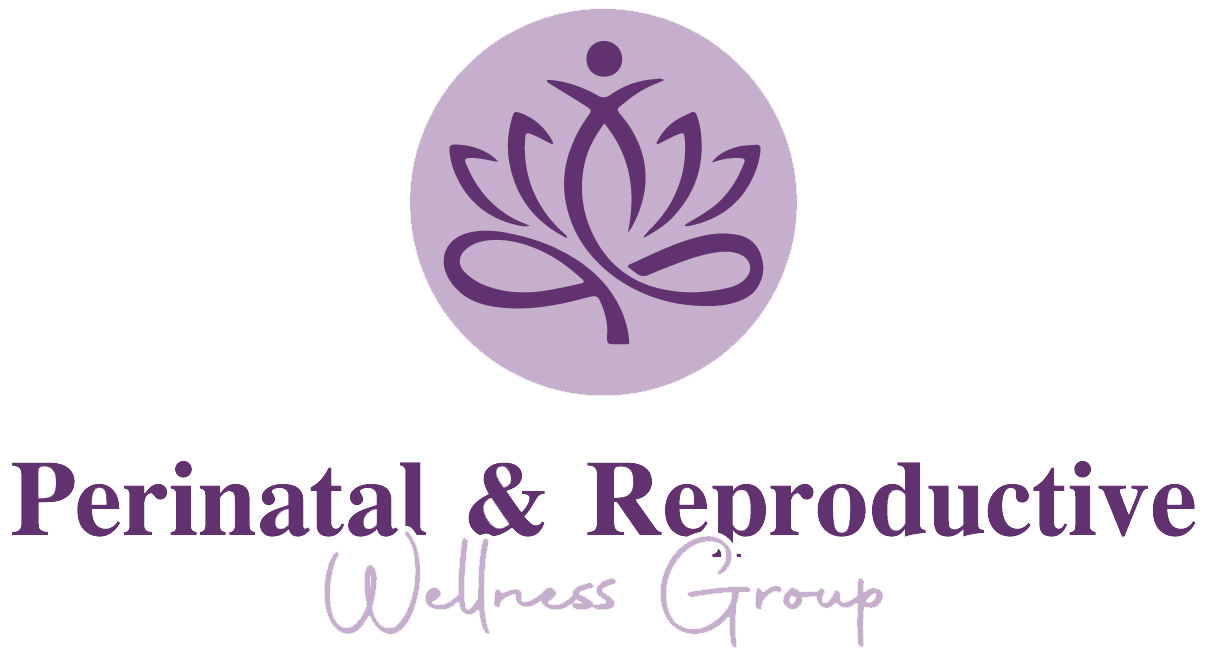Childcare
The Childcare Spectrum: Take Control of Your Situation with Flexible Thinking
The more experience I have as a parent and as a mental health care provider, the more convinced I am that childcare is a spectrum. We tend to think of it as concentrated in the infant years – wow do parents get excited when their child enters elementary school and they’ve “finished” childcare – when really, that’s not the case. Depending on family logistics, there’s before and after school programs, summer camps, coverage for teacher workdays and sick days, transportation to and from school or after school activities – the list goes on.
We also tend to think of it as a choice between a few stark options (stay-at-home parenting, daycare or nannies), when really, it’s a fluid experience. We might have extended family helping out part-time, the neighbor pinch-hitting, a nanny picking kids up from a daycare whose hours don’t quite line up with our office schedule, a live-in au pair who teaches our kids a second language, a parent of our kid’s best friend who can supervise playdates. We might arrange our schedule so that one parent stays home for part of the day or week, while the other one is at work – and vice versa. Kids might flourish in an in-home daycare for some time, then need to age-up into something larger. A medical diagnosis could mean they need different support from their environment.
The combinations and permutations are infinite – and the best way to confront them is with empowered, flexible thinking, especially when you’re forced to make an unexpected pivot. Know that it is possible to be in control of your childcare situation, if you start by asking yourself, “How can this work best for our unique needs?” and then build from there.
It can seem like an unbelievable strain on our bandwidth as we troubleshoot formalized childcare in the early years – a last minute school closure just happens to fall on the week when we’ve got the biggest assignment at work. But now seeing my girls, nieces and nephews grow up, I’m gifted with a new perspective: Childcare offers a possibility to nourish relationships that boomerang into the present, long after the formal childcare piece is done.
For those of you experiencing doubt and worry about a decision to leave your children with a care provider, I’ll share one of the highlights of our visit to New Mexico last month: hosting our former nanny for a two-week visit and having her as a guest at my daughter’s birthday party.
If there’s one take-away I’d like to leave you with, it’s that whatever your childcare looks like, you are not disrupting your child’s attachment by returning to work or by changing a childcare arrangement that no longer works for you (for whatever reason). Childcare is a spectrum, and the best configuration will be the one that works for your family today. You can trust that if you solve for that variable right now, it can and will pay off in the future.
For individuals:
A resource I’d like to offer for anyone working through the childcare puzzle comes from my book, Employed Motherhood, where I invite readers to visualize child care as a series of overlapping circles with multiple options for support. Take this image as a starting point and use it to map out the ways you envision your child care – regardless of where you are in your parenting journey.
For couples:
Depending on your own experience growing up, you might have very different ideas about what “good” childcare looks like. Stay open to your partners’ position. Look for places of overlap and potential compromise and build from there.
